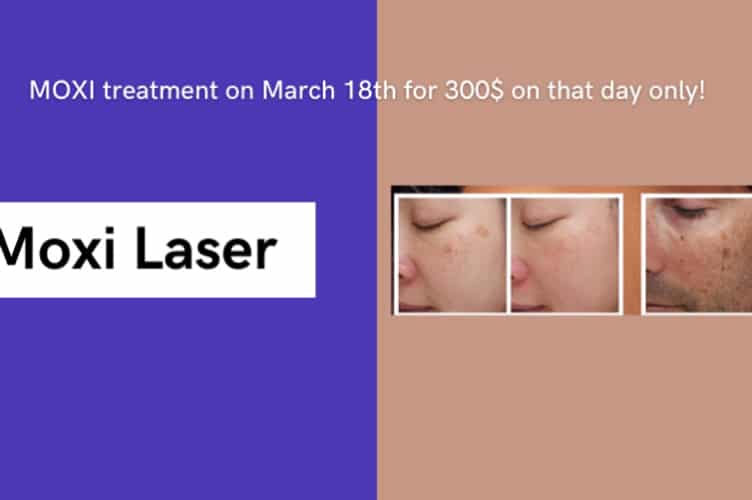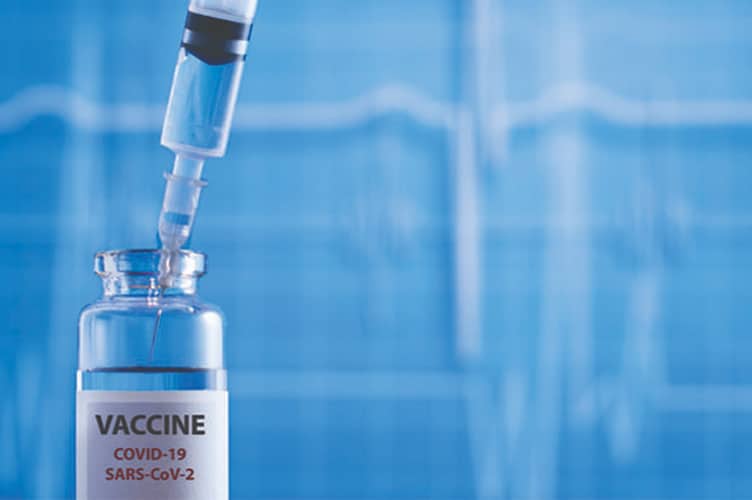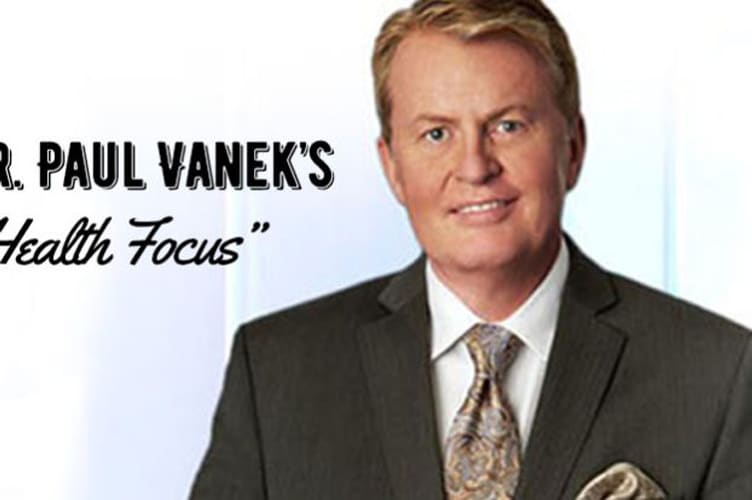What is the truth about collagen oral supplements and topical collagen and my skin, hair and nail health?
What is the truth about collagen oral supplements and topical collagen and my skin, hair and nail health?
Protein makes us healthy, but it doesn’t have to be “collagen protein supplements.” Short answer- collagen supplements are not worth the money. Here’s why. All proteins are made of 20 amino acid building blocks. Each protein contains a varying amount of the 20 amino acid types. Our cells are like a 3D printer, and the amino acids are the ink letters. An analogy that works is that we ingest bibles (protein), they are broken down by our digestion and liver metabolism into the individual letters in the book, and are not delivered to our cells as chapters or words. We make proteins from the individual amino acids that we derive from food. All protein sources have amino acids within them, arranged the way they are based upon being from animal, dairy, or plant sources. When we eat them as food, each of the proteins in the food are broken down into their component amino acids and then absorbed into our cells. The amino acids are then re-formed into our own three dimensional protein that we need to function and be healthy.
Collagen that is rubbed onto our skin never makes it into the cell of the skin where it actually makes a difference! Collagen cremes have very moisturizing attributes, but they do not get the collagen from the crème into your skin architecture. The actual collagen that makes you look great is found around the skin cell, in the architecture of your skin. The collagen content of your skin is what makes you look youthful, bright, wrinkle free, and young. Similarly, collagen that is ingested from our diet, no matter how fancy the claim, never makes it into our cell in its original form. The collagen source is broken down nearly completely and the amino acids are re-tasked to make your own collagen all over again. The topical and oral supplements termed “hydrolized collagen” are broken down in the factory and sold to you. Your digestive system is already the perfect ‘breakdown factory.’ You need no intermediaries. Any dietary source of protein in the right proportion is going to do the job. The billion dollar supplement industry points only to “possible benefits”, not science, the FDA, or our understanding of human physiology.
There are well known methods of increasing collagen in your skin that makes you look and feel healthy. Topical cremes that have signal capability have been the mainstay of modern skin care and wound healing. These bio-active agents truly increase your own cell capablility of making collagen by their use. Many of them are available in my office. Laser technology, Radio frequency energies and some injectable agents are very well known to increase your body’s ability to produce collagen in the right place. That is the basis for why skin that is treated with Sciton lasers, Vivace radiofrequency micro-needling, or injections like Sculptra are so spectacular for facial aging. As long as you have healthy protein nutrition, your body will respond to these state of the art modalities and they will work for you.







